
Culture
15:29, 08-Nov-2017
Overview of Da Nang: A city evolving
By Li Bin
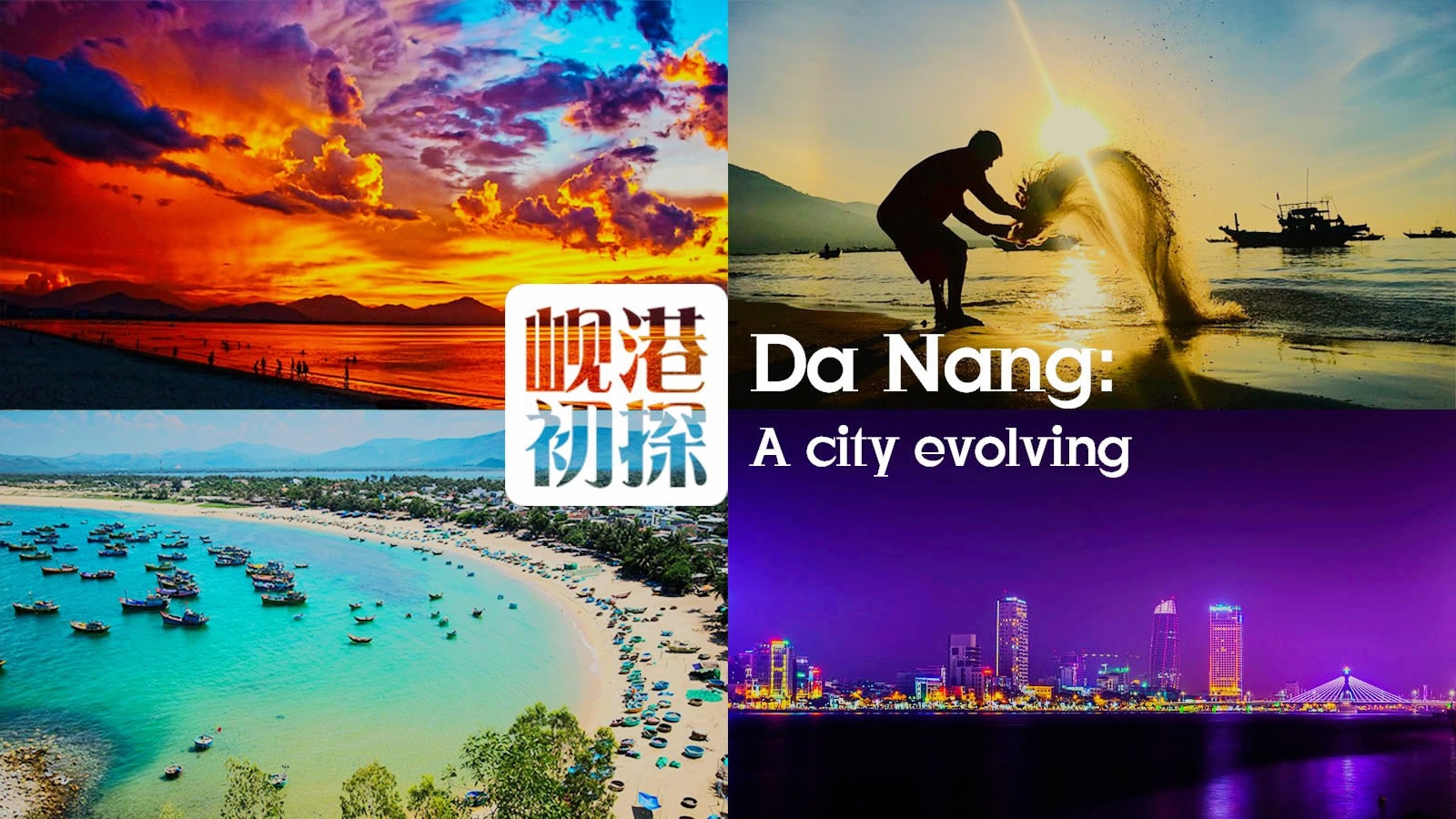
Not Hanoi, not Ho Chi Minh, but Da Nang will host this year's APEC meeting in Vietnam. It is neither the country's political nor economic center. It is not even a popular city for most people outside Vietnam. So, what are the charms of Da Nang that propelled the leaders to place their bets on the city?
Da Nang: past and present
Da Nang is the fourth-largest city in the country after Ho Chi Minh, Hanoi and Hai Phong. Situated on the coast of central Vietnam, at the opening end of the Han River, Da Nang is also one of the country's major ports.
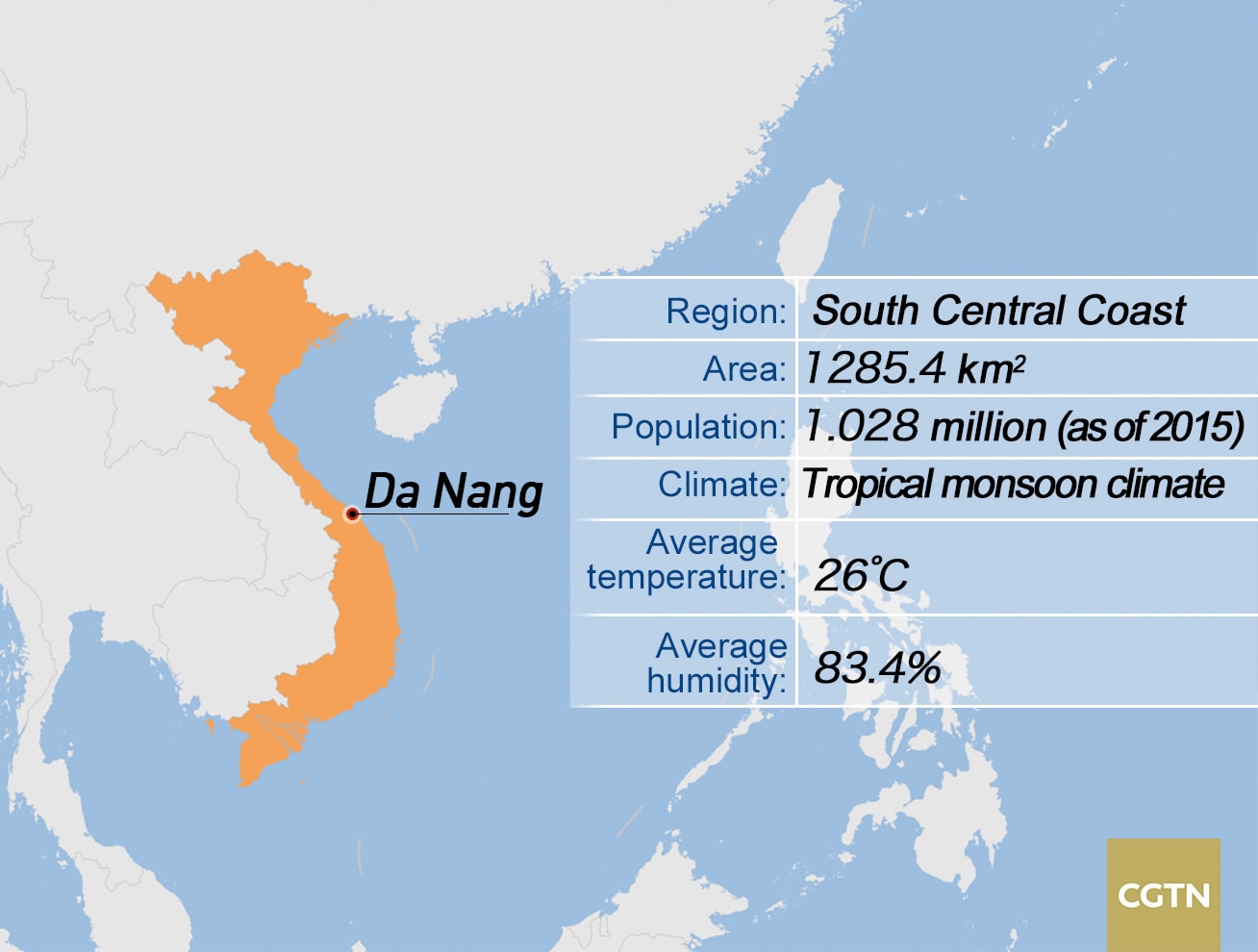
CGTN Photo
CGTN Photo
Hailed as "Hawaii in the East", Da Nang was listed as one of the "50 Places of a Lifetime" by the US magazine National Geographic. Its awe-inspiring beaches attract millions of visitors from home and abroad every year. To the outskirts of the city are several UNESCO World Heritage Sites, including the Imperial City of Hue, the Hoi An Ancient Town, and the My Son Ruins. People here are friendly and the city is very safe.
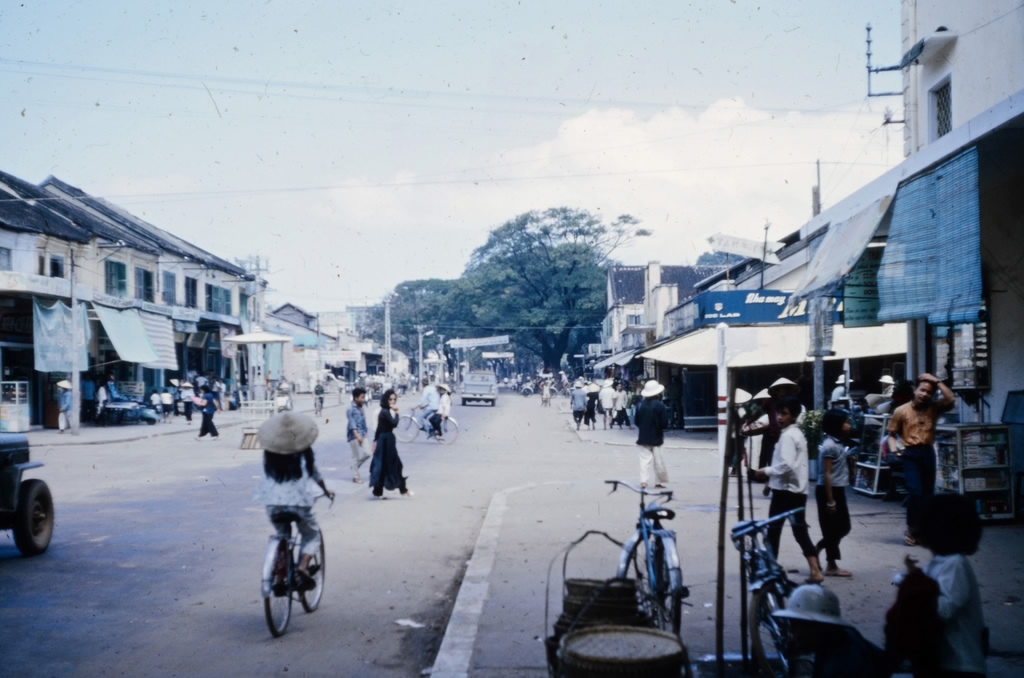
Da Nang in 1965. /Photo via flickr.com
Da Nang in 1965. /Photo via flickr.com
Da Nang's history dates to 192 AD in the ancient kingdom of Champa. Its encounter with the Western world began in the 16th century. Portuguese explorer Antonio de Faria was one of the first Europeans to visit Da Nang and write about the area. Through his influence, Portuguese ships began to visit regularly. It fell into French colonization in the mid-19th century and endured decades of wars and turmoil until 1975, when Vietnam unified the north and the south.
Since then, the city has been developing at a speed that is not seen elsewhere in Vietnam. Gleaming new modernist hotels, apartments and restaurants are emerging along the Han riverfront. To its north, the landmark new D-City is rising from the flatlands. To its south and the entire China Beach strip, hotels and resorts are booming.
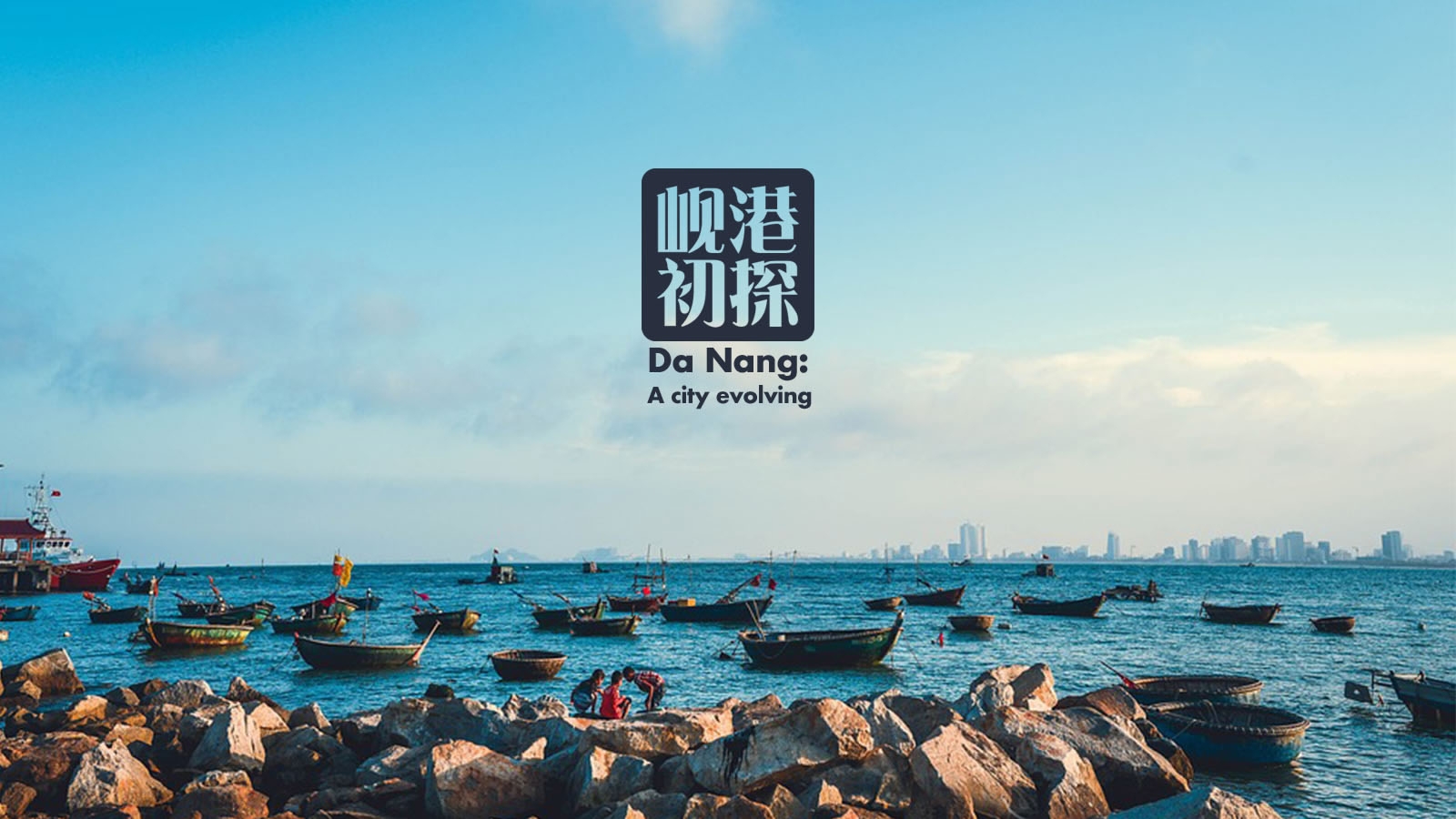
CGTN Photo
CGTN Photo
What to do in Da Nang?
Tourism is Da Nang's driving economic force. It is a transportation hub linking the north and the south, which helps bring in tourists from both directions. Its proximity to the UNESCO Heritage Sites also fuels its tourism industry.
About seven kilometers southeast from downtown Da Nang is the Marble Mountains, which is also referred to as Ngu Hanh Son or Mountains of the Five Elements. They consist of five peaks: Thuy Son (water), which is the highest; Moc Son (wood); Kim Son (metal); Tho Son (soil); and Hoa Son (fire). The Marble Mountains are famous for traditional stone engraving activities. In Dong Hai Village close to Thuy Son, 600 families chisel stone, producing statues, jewelry, and artwork.
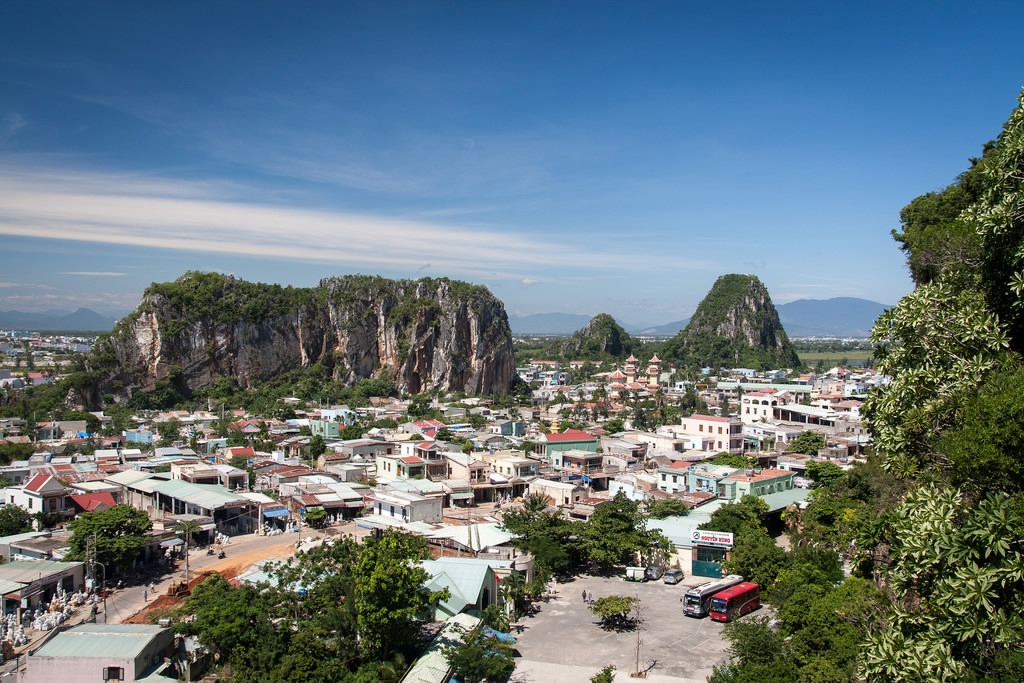
Marble Mountains /Photo via flickr.com
Marble Mountains /Photo via flickr.com
To the east of Da Nang is the Non Nuoc Beach, which is well-known not only for its white sand but also its history as a rest and recuperation destination for American troops during the Vietnam War. To its north are expensive resorts, surfing and entertainment facilities. You can take a five-kilometer cable ride to Mount Ba Na's peak, which stands 1,487 meters above sea level.
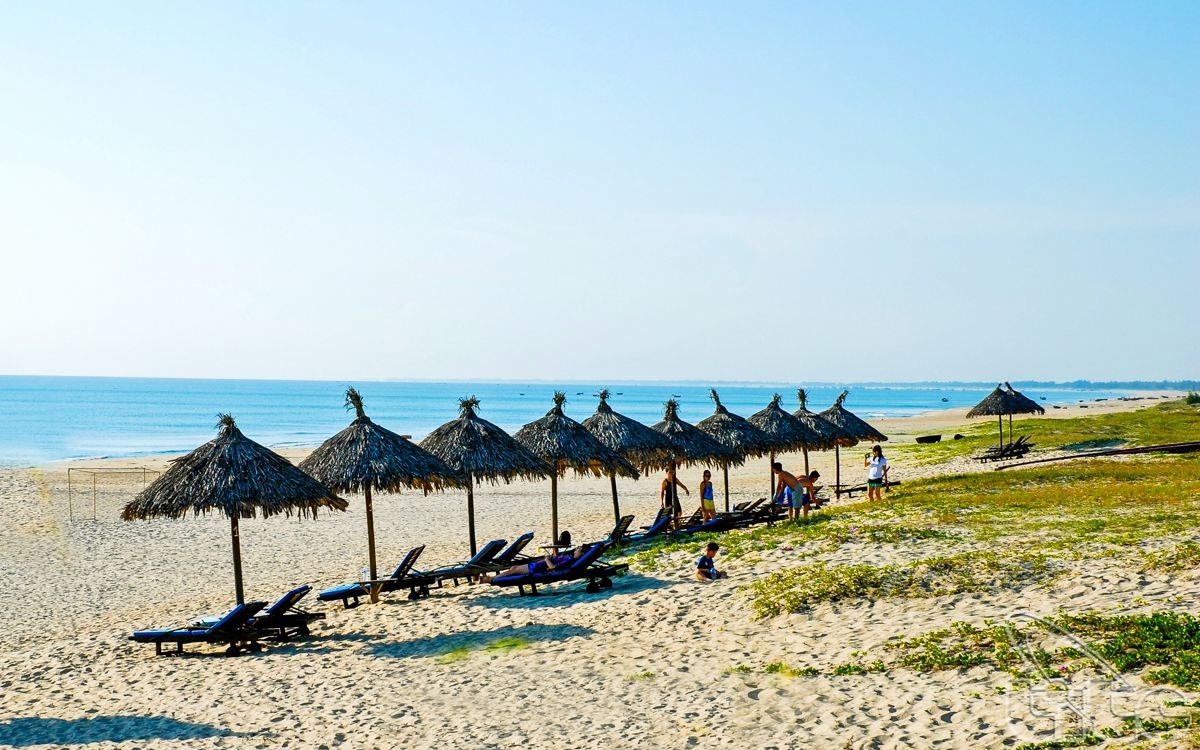
Non Nuoc Beach /Photo via vietnamtourism.com
Non Nuoc Beach /Photo via vietnamtourism.com
My Son is an archaeological site dating back more than 1,000 years. It is located some 70 kilometers west of Da Nang in a forested valley. My Son used to be the capital and religious center of the Champa kingdom, which left behind more than 70 temples and stupas. Though most of them were damaged during the bombardments in the 1960s, it still has 20 structures intact and was named a World Heritage Site in 1999.

My Son Sanctuary /Photo via vietnamtourism.com
My Son Sanctuary /Photo via vietnamtourism.com
Another popular site is the Hoi An Ancient Town, once a major port that is rich in architecture and beguiling riverside settings. Chinese temples and tea houses and Japanese merchant houses are well-preserved as if time has forgotten this place. However, modern life managed to crawl in, with lounge bars, boutique hotels, and tailor shops set up to accommodate the growing number of visitors.
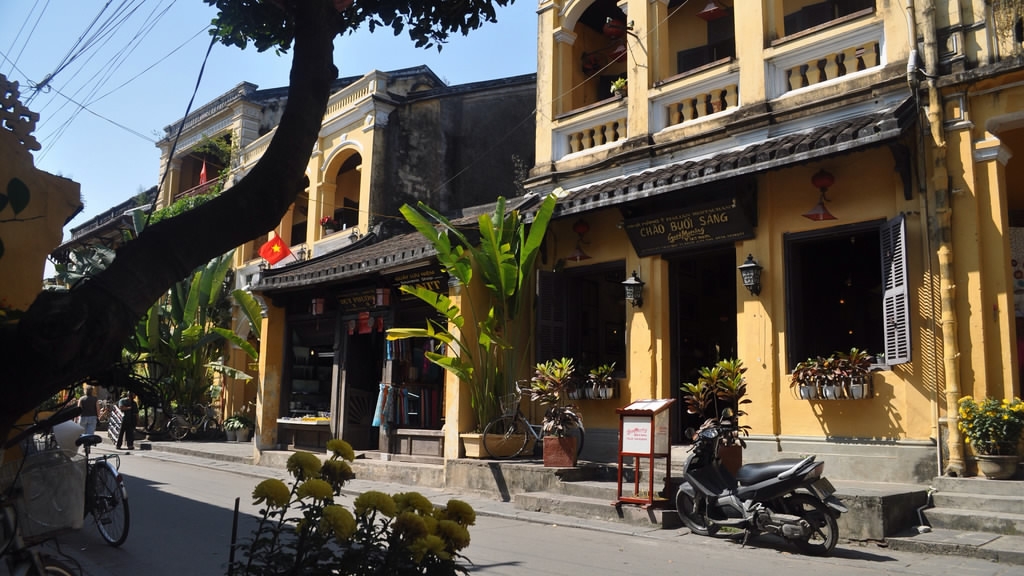
Hoi An Ancient Town / Photo via flickr.com
Hoi An Ancient Town / Photo via flickr.com
If you think night times would be boring on the seaside, you're wrong. Nightlife is no joke in Da Nang. The highlight? Night markets and various street foods. The Da Nang cuisine enjoys not only a domestic but a world reputation. Here, you can find the strongest and boldest flavors available in Vietnam. You can even book a specific morning/evening food tour online, treating you to regional specialties, Vietnam's distinguished coffees, local markets and sidewalk dining.
Besides, the city is also famous for the Da Nang International Fireworks Festival which is held annually on the bank of the Han River in March.
Chinese visitors take the lead
Da Nang's reputation among Chinese travelers is quickly mounting, partly due to the National Geographic listing. But what's more important is the sea resort's unique charm, its laid-back lifestyle and picturesque beach scenery.
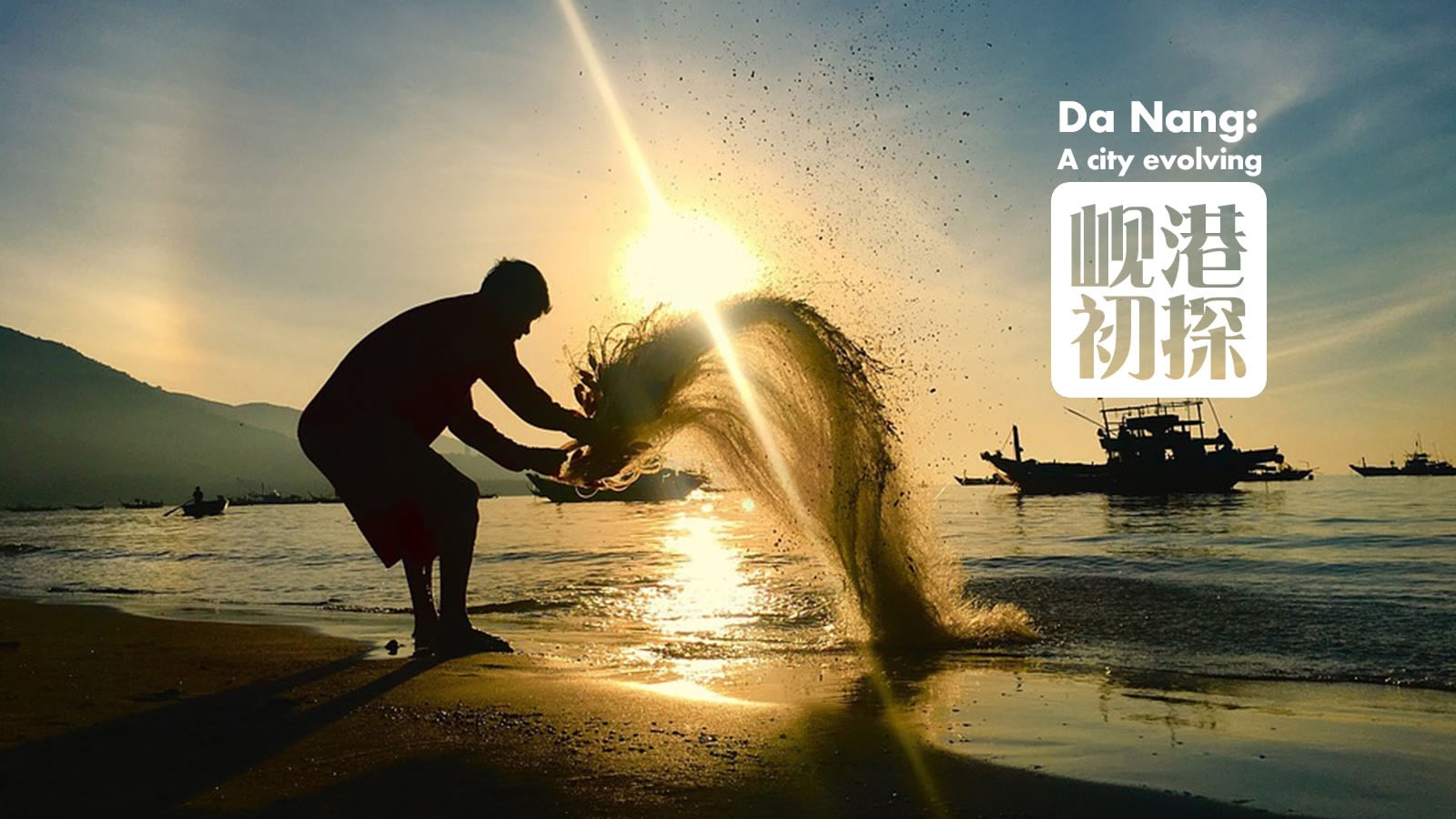
CGTN Photo
CGTN Photo
The number of Chinese visitors to Da Nang has risen sharply in recent years. The number of flights from Da Nang to China was increased to 103 per week during July to August – from 82 in normal season, the Saigon Economic Times reported in early July. The report said Da Nang receives 30,000-40,000 Chinese tourists every month in general and 70,000-80,000 in the summer.
In the first half of 2016, more than 211,000 Chinese citizens visited Da Nang, up 83 percent from the same period in previous year, according to a report by the Thanh Nien Daily in July 2016.
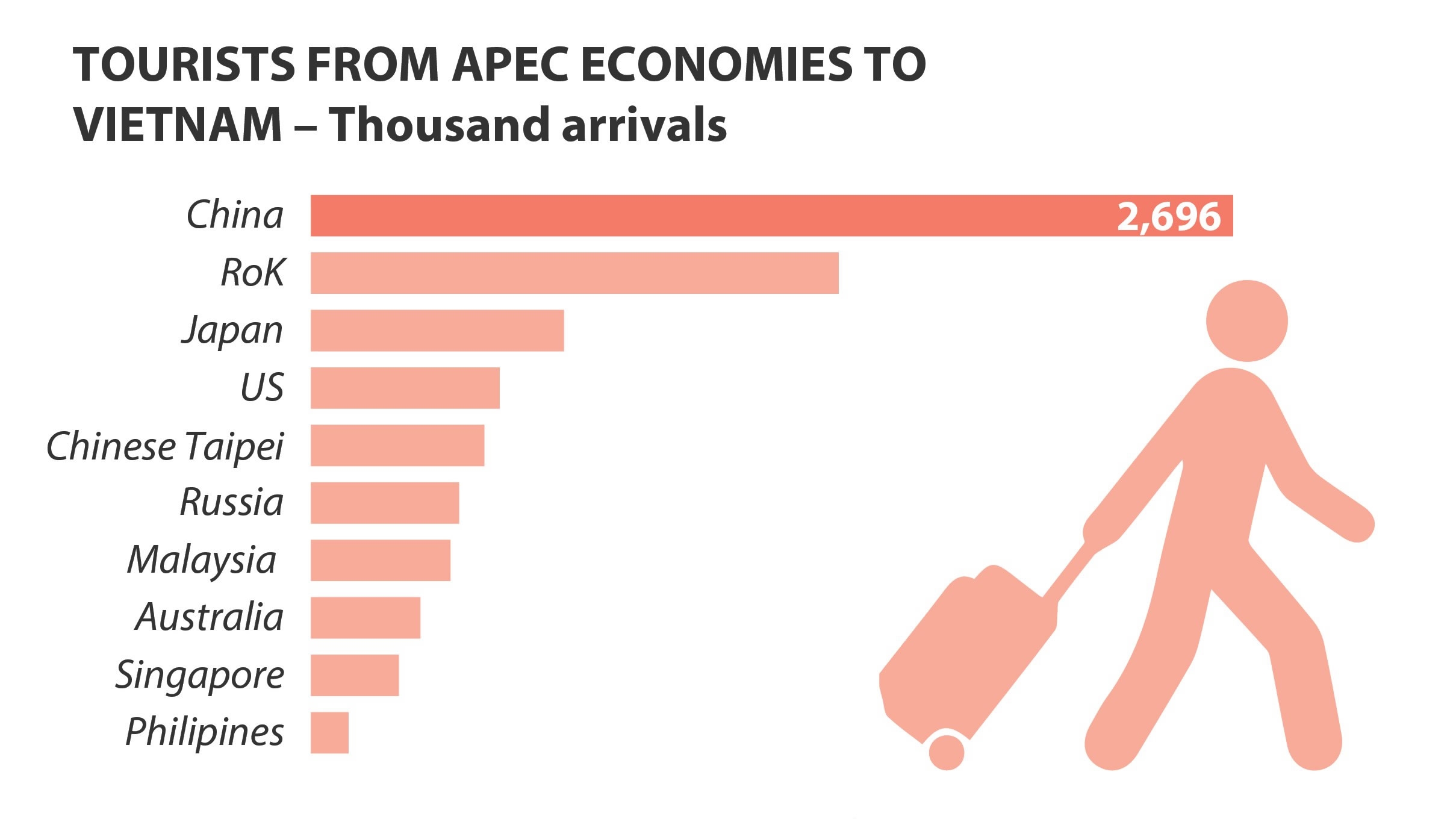
Photo via vnanet.vn
Photo via vnanet.vn
China ranks first in the number of tourists from APEC economies to Vietnam, almost double the runner-up, the Republic of Korea and triple the third-placed Japan.

SITEMAP
Copyright © 2018 CGTN. Beijing ICP prepared NO.16065310-3
Copyright © 2018 CGTN. Beijing ICP prepared NO.16065310-3